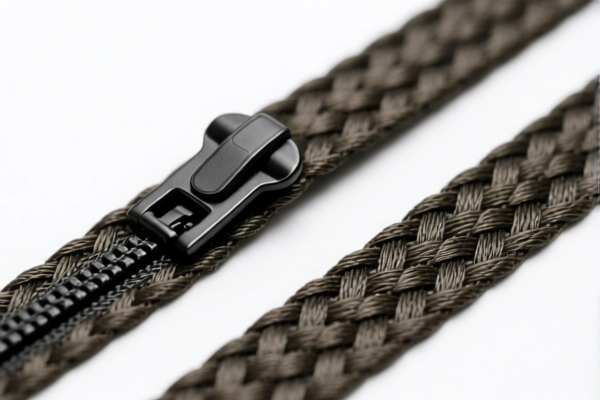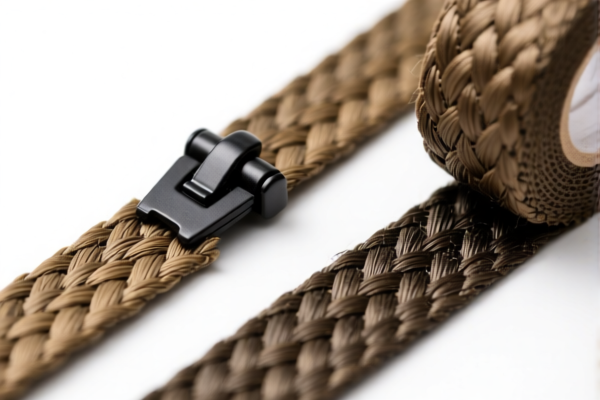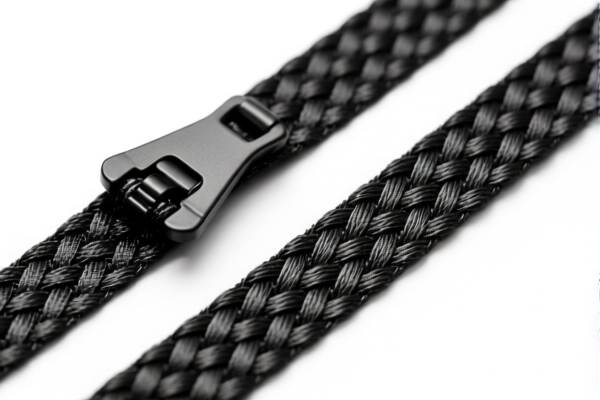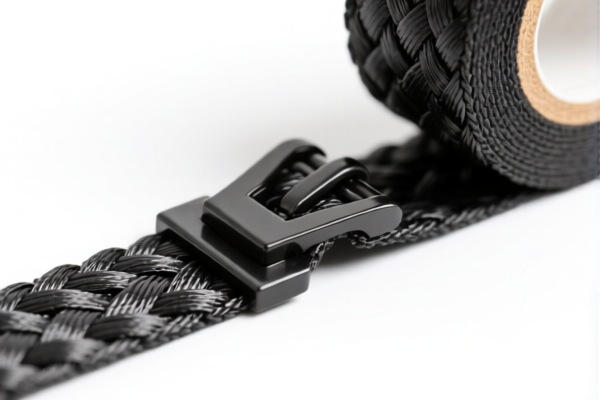| HS Code | Official Doc | Tariff Rate | Origin | Destination | Effective Date |
|---|---|---|---|---|---|
| 7113195025 | Doc | 43.0% | CN | US | 2025-05-12 |
| 7113195025 | Doc | 43.0% | CN | US | 2025-05-12 |
| 7116200500 | Doc | 33.3% | CN | US | 2025-05-12 |
| 7116201500 | Doc | 44.0% | CN | US | 2025-05-12 |
| 8308909000 | Doc | 57.7% | CN | US | 2025-05-12 |
| 8308903000 | Doc | 55.0% | CN | US | 2025-05-12 |
| 8306100000 | Doc | 35.8% | CN | US | 2025-05-12 |
| 8306290000 | Doc | 30.0% | CN | US | 2025-05-12 |




Fixed Ring
A fixed ring, also known as a plain band ring, is a jewelry item – typically made of metal – characterized by a continuous, unbroken band without embellishments like stones or complex designs.
Material
Fixed rings are crafted from a wide variety of materials, impacting their price, durability, and aesthetic. Common materials include:
- Precious Metals: Gold (yellow, white, rose), platinum, silver (sterling silver is common due to its affordability). These metals are valued for their luster, resistance to tarnishing, and hypoallergenic properties.
- Base Metals: Stainless steel, titanium, tungsten carbide, copper, brass. These are more affordable options, often chosen for their strength or unique colors. Tungsten carbide is particularly known for its hardness and scratch resistance.
- Other Materials: Ceramic, wood, silicone. These offer alternative aesthetics and are often used for fashion or specialized purposes (e.g., silicone for sports).
Purpose
The primary purposes of fixed rings are:
- Symbolic: Historically and currently, fixed rings represent commitment (wedding bands), status, or personal meaning.
- Fashion: Used as an aesthetic accessory to complement an outfit or express personal style.
- Stacking: Increasingly popular, fixed rings are often worn stacked with other rings to create a layered look.
Function
Fixed rings serve a largely decorative function. However, their material properties contribute to their practical aspects:
- Durability: The metal's hardness impacts resistance to wear and tear.
- Comfort: Band width and inner surface smoothness affect comfort.
- Hypoallergenic Properties: Certain metals (platinum, certain gold alloys, titanium) are less likely to cause allergic reactions.
Usage Scenarios
- Everyday Wear: Durable metals like gold, platinum, stainless steel, and tungsten carbide are suitable for daily wear.
- Formal Occasions: Precious metals are commonly chosen for weddings, anniversaries, and other formal events.
- Fashion Statement: Rings of various materials are used to complement specific outfits or express personal style.
- Sports/Active Lifestyle: Silicone or titanium rings are preferred for activities where a traditional metal ring might be damaged or pose a safety risk.
Common Types
- Wedding Bands: Typically made of gold, platinum, or palladium, often with a plain or brushed finish.
- Plain Band Rings (Fashion): Available in a wide range of metals and widths, often used for stacking or as minimalist accessories.
- Promise Rings: Can be made of any metal and often feature a simple design.
- Signet Rings: Historically used for sealing documents, now often worn as fashion accessories. While some signet rings have a flat surface for engraving, many are simply plain bands.
- Tungsten Carbide Rings: Known for their durability and scratch resistance, often chosen for men's wedding bands.
- Silicone Rings: Flexible and comfortable, popular for sports and active lifestyles.
Fixed rings typically fall under the category of jewelry articles made of precious metal. Based on the provided information, the following HS codes are relevant:
- 7113195025: This HS code covers articles of jewelry and parts thereof, of precious metal or of metal clad with precious metal; specifically, “Of precious metal whether or not plated or clad with precious metal: Of other precious metal, whether or not plated or clad with precious metal: Other: Other Of ISO standard platinum: Rings”. This code is applicable to rings made of platinum or other precious metals. The total tax rate is 43.0%, comprised of a 5.5% base tariff, a 7.5% additional tariff, and a 30.0% additional tariff effective after April 2, 2025.
It is important to note that the classification depends on the material composition of the ring. If the ring is made of other materials, a different HS code may be more appropriate.
Customer Reviews
No reviews yet.